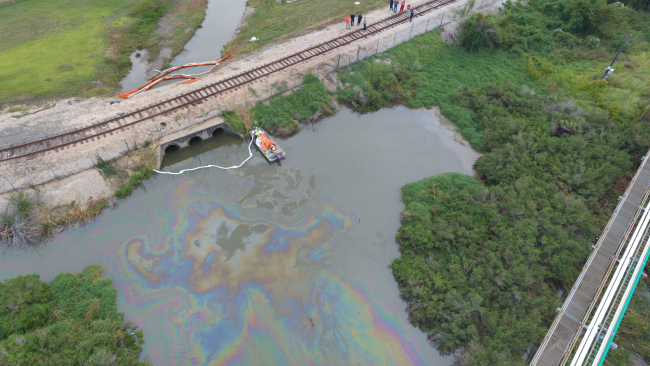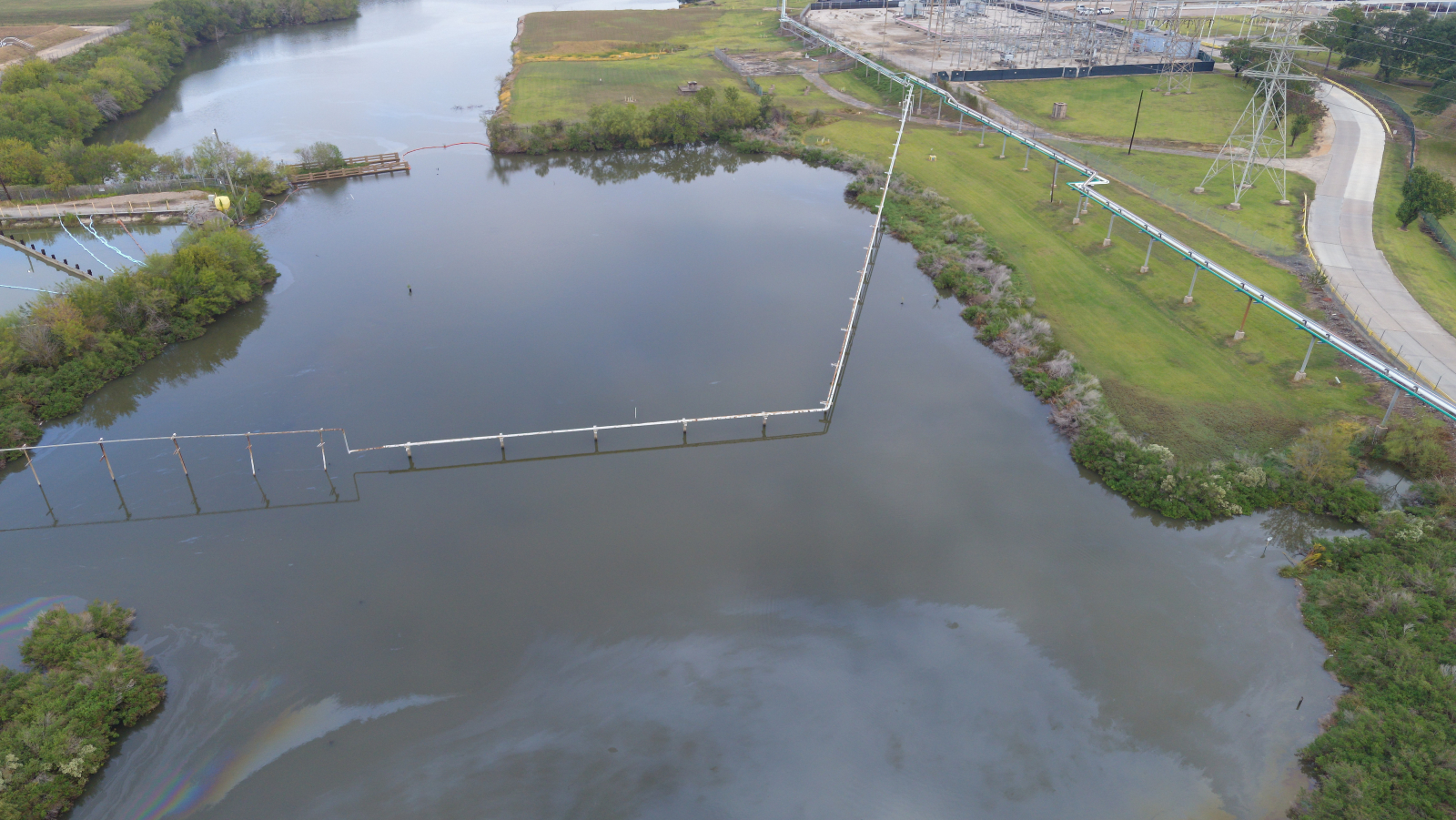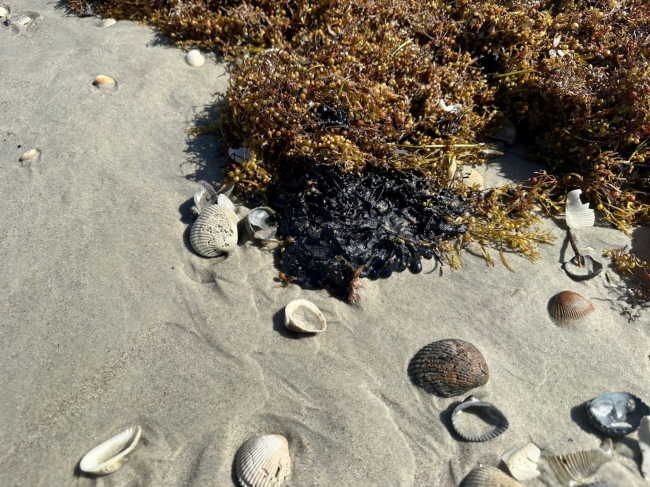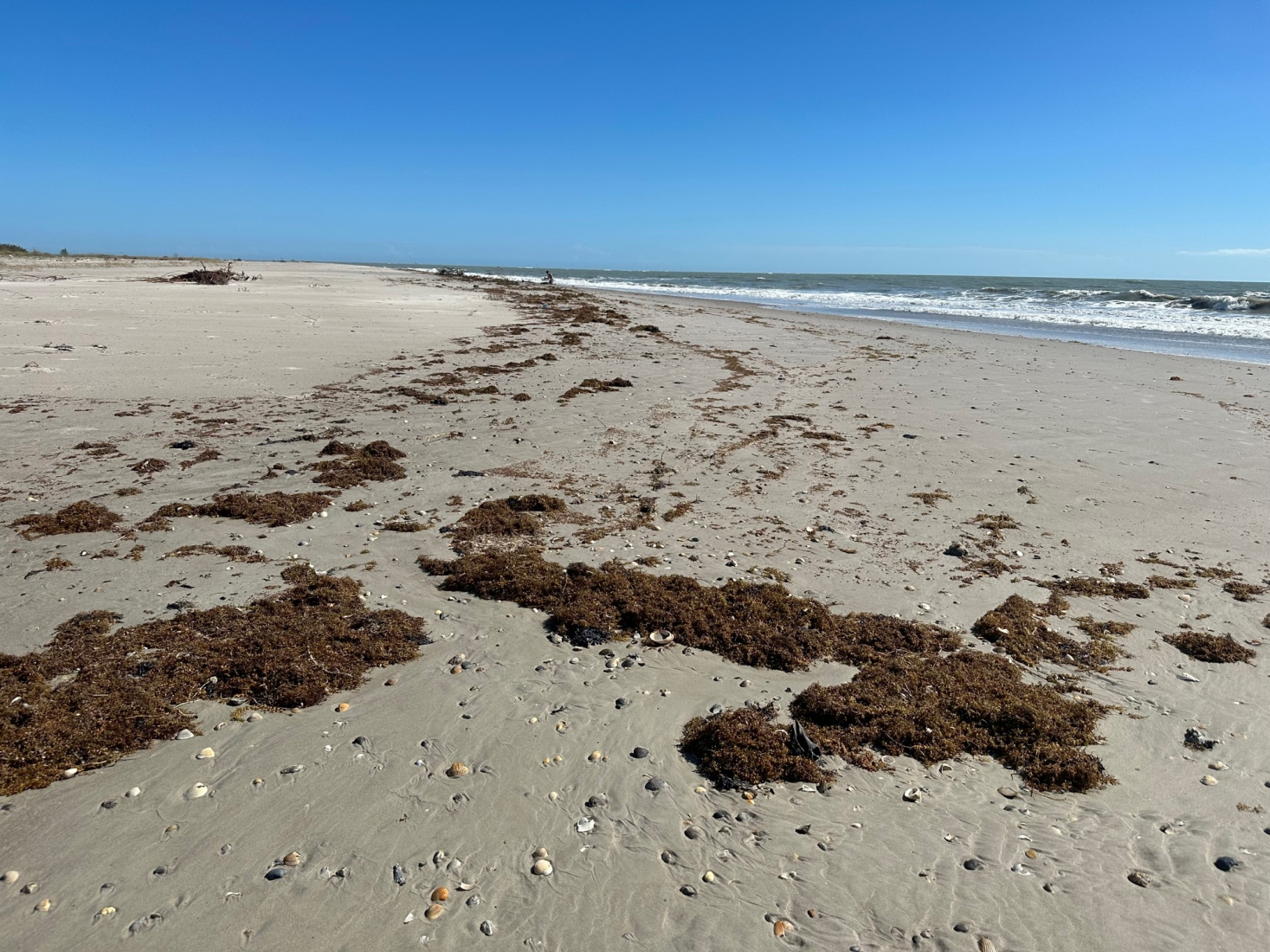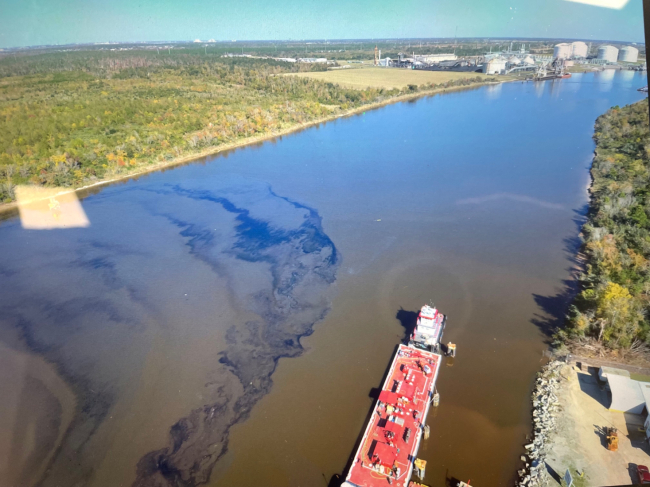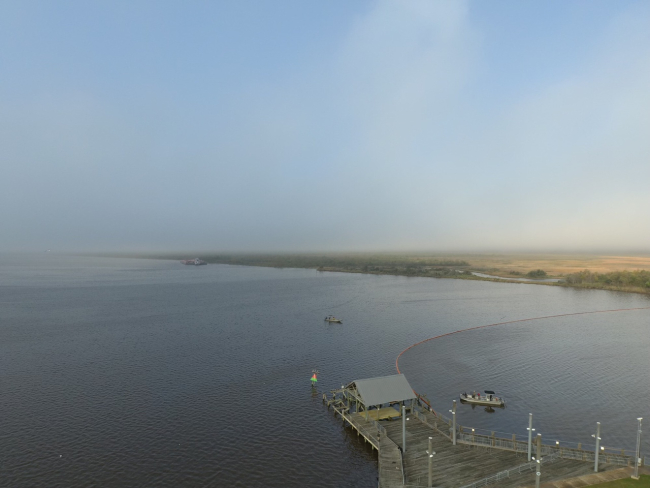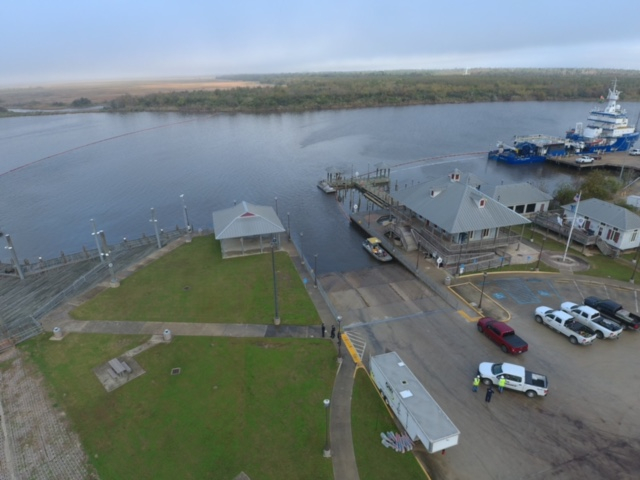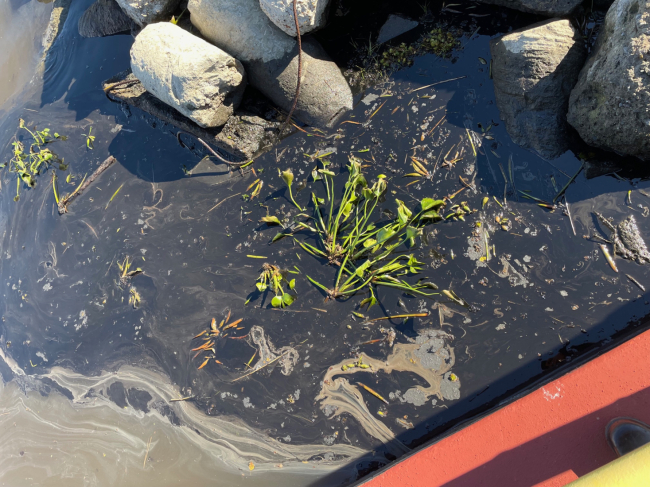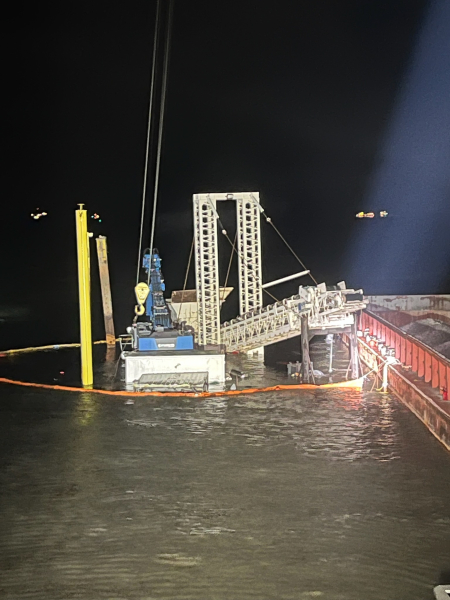
Every month, OR&R’s Emergency Response Division provides scientific expertise and services to the U.S. Coast Guard on everything from running oil spill trajectories to model where the spill may spread, to identifying possible effects on wildlife and fisheries and estimates on how long the oil may stay in the environment. We also get requests to track and model other floating objects.
So far this year, OR&R has provided support to 140 incidents. In November 2022, OR&R provided response support to 22 incidents, including 12 new incidents in seven different states.
The new incidents were 11 actual or potential oil spills and one chemical spill
Staff prepared 63 new incident reports and documents, including two fate and trajectory analyses. Cumulatively, these incidents posed an approximate risk of more than 40,000 gallons of oil. (Note: All spill volumes are approximate and based on initial information that may be updated after further investigation.)
Here are some of November’s notable incidents:
Spill of a Mixture Containing Oil and Polymer Products into Drainage Ditch Leading to Patrick Bayou near Deer Park, Texas
On Nov. 4, the U.S. Coast Guard notified NOAA that Lubrizol had released an unknown amount of a mixture containing oil and polymer products into a drainage ditch leading to Patrick Bayou near Deer Park, Texas. The Coast Guard asked NOAA for cleanup recommendations for the bayou and insight into potential toxicity and analytical methods for the polymer, polyisobutylene.
A response contractor was hired, and boom was placed, and cleanup operations began. To date, one bird, a great blue heron, has been observed to be affected by the polymer. It has been captured and is in rehabilitation.
Oil on Beach at Cape Canaveral Space Force Station in Port Canaveral, Florida
On Nov. 14, the U.S. Coast Guard notified NOAA that a stretch of beach at the Cape Canaveral Space Force Station in Port Canaveral, Florida had received some oiling after Hurricane Nicole. The oil was along 1.2 miles of beach and was found sporadically among sargassum on the sand. The source has not been identified but it is thought it could be associated with a release from the historic RULET vessel W.D. Anderson following the passage of the hurricane.
NOAA provided a resources at risk assessment to ensure that any potential concerns for species or habitat along the impact area were considered during cleanup operations.
Oil Discharge at Calcasieu Point Landing in Lake Charles, Louisiana
On Nov. 28, oil was reported on the boat ramp at Calcasieu Point Landing, Louisiana. The source was identified as the tanks at Martin Energy Services, just upstream. A tank discharged used lube oil into the secondary containment area, which then discharged into the water. Responders placed pollution boom around the spill to contain it. NOAA provided trajectory support for the spilled product.
According to a Coast Guard press release, personnel from Martin Energy Services secured the source of the spill and estimated that approximately 3,500 gallons of used lubricant oil entered the water. The Louisiana Department of Wildlife and Fisheries rescued seven oiled pelicans from the site of the spill. Environmental assessments are still ongoing.
Here is the complete list of November's incidents, click on the links to find out more:
- F/V Irene Alton Sinking; Saint George, ME, USA
- Shrimping Vessel Capsize, Main Pass, LA
- Spill of a Mixture Containing Oil and Polymer Products into Drainage Ditch Leading to Patrick Bayou, Deer Park, TX
- Recreational Vessel Sunk, Port Hadlock, WA
- Allision between Tug Boat and out-of-service Flowline, South Pass 24, Pilottown, LA
- Sinking of Work Barge, Bon Secour Bay, South End of Mobile Bay, AL
- Oil on Beach at Canaveral Space Force Station, Port Canaveral, FL
- Well Discharge into Marsh Near Creole, LA
- Fishing Vessel Sinks in Pamlico Sound, White Plains, NC
- SEACOR MARINE LB ROBERT potential spill; Gulf of Mexico
- Whitney Oil & Gas Well 259 Garden Island Bay Leak; Port Eads, LA, USA
- Oil Discharge at Calcasieu Point Landing, Lake Charles, LA

